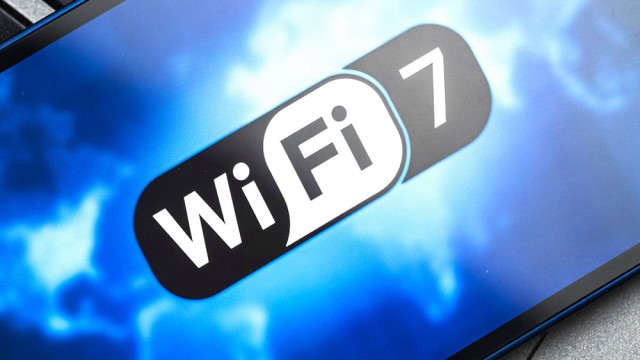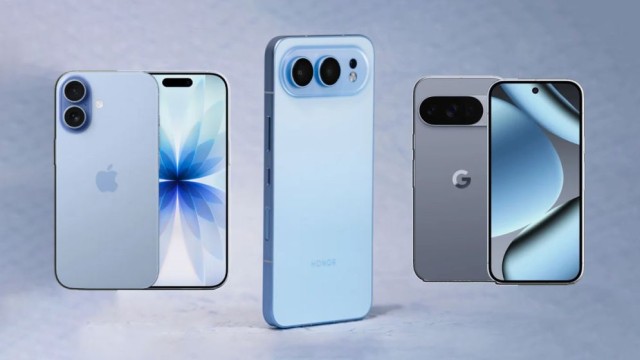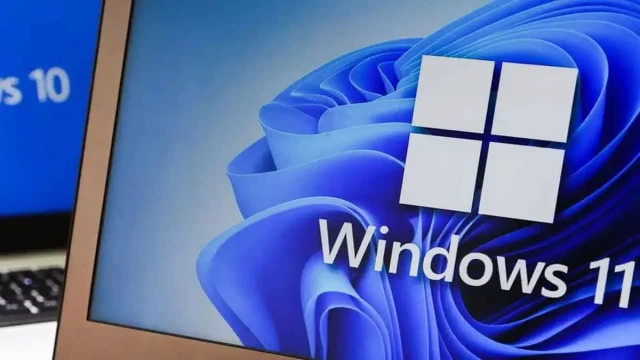According to a post on the Wi-Fi Alliance website, certification of Wi-Fi 7, the next generation of wireless networking for homes, businesses, and industrial applications, is anticipated by the end of the first quarter of 2024.
The Alliance, an industry organization that creates Wi-Fi standards and promotes the uptake and development of the technology, stated in a post that "Wi-Fi Certified 7, based on IEEE 802.11be technology, will be available before the end of Q1 2024."
It went on, "Wi-Fi 7 devices are hitting the market today, and Wi-Fi Certified 7 will bring advanced Wi-Fi performance to the next era of connected devices and facilitate worldwide interoperability."
According to the group, Wi-Fi 7 will enable applications that need high throughput, reduced latency, and increased reliability to benefit from cutting-edge features. These applications include immersive 3D training, augmented, virtual, and extended reality, and streaming ultra-high definition video.
Demon of Speed:
According to Kristen Hanich, an analyst with Dallas-based Parks Associates, a market research and consulting firm that specializes in consumer technology products, "Wi-Fi 7 offers dramatically increased speeds over Wi-Fi 6 and 6E."
According to her statement , "Wi-Fi 7's primary differentiating feature over 6 and 6E is its support of extremely high throughput, reaching speeds up to 46 Gbps compared to a max of 10 Gbps for Wi-Fi 6E."
"This goes well beyond what the majority of residential internet service providers currently offer, as well as what the vast majority of residential subscribers today need," she said.
Lower power usage from client devices, such laptops or phones, offers users a more immediate benefit, although it's unclear how much of a difference this makes in actual use.
Benefits of Dynamic Band Switching
Multi-link operation (MLO) is one of the most anticipated new features of Wi-Fi 7, according to Andrew Spivey, a senior researcher with the international technology intelligence company ABI Research.
"It will significantly improve spectrum efficiency, which will help address the issues with spectrum congestion that consumers and businesses are currently facing," he told. MLO accomplishes this by making it possible to combine several radio links to create wider channels than would otherwise be required.
"Today, all you have to do to connect to a Wi-Fi hotspot is choose between the 2.4 GHz, 5 GHz, or 6 GHz band. That is the band you are using as long as you are connected. Principal analyst Ross Rubin of Reticle Research
Acquiring Market Advances
According to Rubin, the Wi-Fi Alliance has accelerated the speed of standardization in comparison to the initial Wi-Fi generations in recent years.
"The alliance wanted to accommodate the 6 GHz band, which is the main feature of 6E, and that's one reason 6E was adopted so soon after 6," he said.
"On the other hand, WiFi 7 is more in line with what we would anticipate to see in terms of advancements over a previous generation," he continued.
Since their releases in 2019 and 2021, those earlier generations—Wi-Fi 6 and 6E—have been gaining popularity in the market. The Wi-Fi Alliance reports that 6 or 6E certified devices accounted for over half of all Wi-Fi-enabled devices shipped in 2022.
According to Hanich, "the Alliance anticipated that over 350 million Wi-Fi 6E devices would be released that year." "Compared to previous Wi-Fi generations, this is much faster."
It's unlikely that the market's desire for Wi-Fi 6 gadgets will decrease. "However, Wi-Fi 7 will gain significant traction due to user demand for its numerous new features, especially unmet need for the extra network capacity that Wi-Fi 7 can provide," Spivey continued. "Yet, Wi-Fi 6 demand will persist."
In Rivalry With 6 and 6E
Newer standards are always in competition with older ones, Hanich pointed out, at least when it comes to price.
"The scarcity of Wi-Fi 5 chipsets, which made the chips expensive and difficult to find when they were found, contributed to the adoption of Wi-Fi 6 and 6E," the speaker claimed. "7 won't have that benefit; instead, it will directly compete with Wi-Fi 6 and particularly 6E."
She went on, "While Wi-Fi 7 does provide significantly more bandwidth than Wi-Fi 6E, it is still far more than most consumers' needs today." However, there are certain markets where it will succeed, such as AR/VR apps and workplace settings where individuals must transfer massive amounts of data rapidly.
Wi-Fi 6E may not have a significant negative impact on Wi-Fi 7 sales, though.
Spivey stated in a study paper he authored in November that there has been a lot of interest in Wi-Fi 7 throughout 2023. Meanwhile, he said, there have been few Wi-Fi 6E deployments this year, indicating a general consensus that Wi-Fi 6E was only a stepping stone standard and that its significance would quickly decline with the introduction of Wi-fi 7.
Sluggish Integration of the Market
The Wi-Fi Alliance certification is merely the first step in Wi-Fi 7's market journey.
Mark N. Vena, president and lead analyst at San Jose, California-based SmartTech Research, states that while the time it takes for a new Wi-Fi standard to become widely adopted varies, it usually takes two to three years.
He listed a number of variables that influence acceptance, such as the cost and availability of devices, the standard's perceived advantages, and the way in which marketing raises consumer knowledge of it.
Hanich concurred that a new standard takes years to be accepted by the market. "That relies on the degree of advancement and demand for the technology," she remarked.
"Compared to previous generations, WiFi 6 and 6E had swift uptake, partly due to the pandemic – ISPs changed their routers, and consumers went out and bought new products,” she went on.
"Pre-certification Wi-Fi 7 devices are already available in some markets, and premium products will probably incorporate 7 as soon as certified chips become available," she continued. "However, it usually takes longer for the rest of the ecosystem to catch up."































Comment: